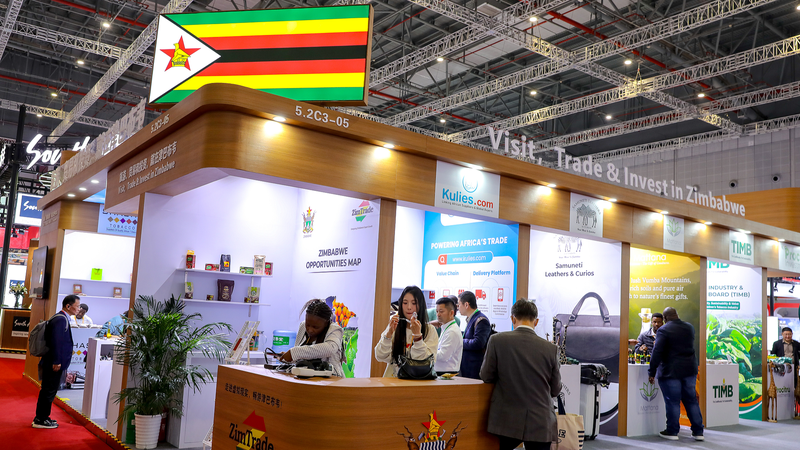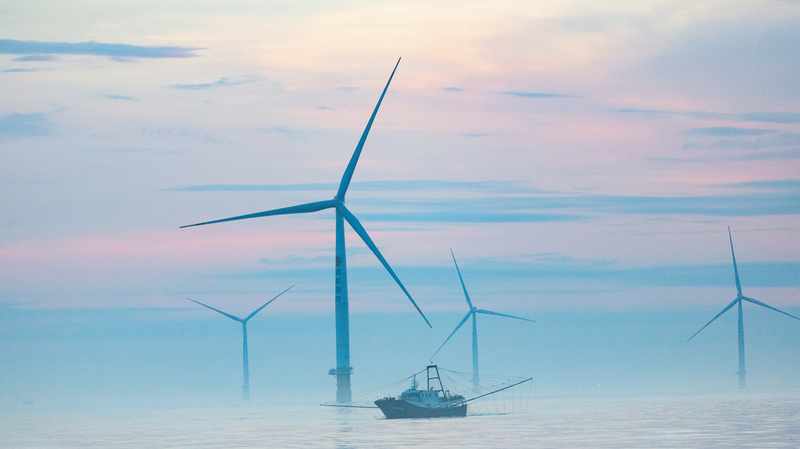On August 1, Inner Mongolia's Dulart Forest Farm CCER afforestation project officially entered China's national carbon market, marking a key step in converting vast woodlands and grasslands into valuable carbon assets. This achievement underscores the region's pioneering role in transforming ecological value into economic gains.
Massive Carbon Storage
Inner Mongolia leads the nation with 357 million mu (23.8 Mha) of forests, 815 million mu (54.3 Mha) of grasslands and 73 million mu (4.9 Mha) of wetlands. Collectively, these ecosystems store over 1.05 billion tonnes of carbon and sequester an estimated 119 million tonnes of CO2 annually.
Tech-Driven Verification
The Dulart project combined satellite imaging, expert field surveys and a 3D verification system to pinpoint 80,000 mu (5,333 hectares) of eligible land. Drones, radar and a "DBH-tree height-crown width" carbon model cut measurement time by 70%, boosted accuracy to 95% and slashed costs by half.
Win-Win Profit Sharing
A tiered revenue model ensures balanced returns: government-enterprise splits range from 7:3 for prices under ¥100/tonne to 9:1 for ¥200–300/tonne. Above ¥300, all proceeds support local forest protection.
Building a Green Talent Pipeline
To bridge the forestry expertise gap, Inner Mongolia partnered with Beijing Forestry University on an expert advisory committee and trained over 750 specialists through eight workshops. Enterprises are also co-developing courses and mentoring new "carbon-forest" hybrids.
Innovative "Carbon Sink +" Models
Beyond trading, the region is adding layers of value:
- Education: "Carbon Search Journey" programs with Tsinghua University let students measure real trees, turning fees into revenue.
- Tourism: Mini-programs calculate visitors' footprints, offering discounts to low-carbon travelers. A "zero-carbon train" offsets 40.27 tonnes of emissions per trip.
- Judiciary: Collaboration with procuratorates has resolved over 120 carbon compensation cases, channeling ¥1.2 million into forest protection.
Inner Mongolia's blueprint shows how robust data, cutting-edge tech and creative partnerships can turn lush landscapes into engines of green growth—transforming "clear waters and lush mountains" into "gold and silver mountains."
Reference(s):
Turning ecological value into economic benefits via carbon sinks
cgtn.com




